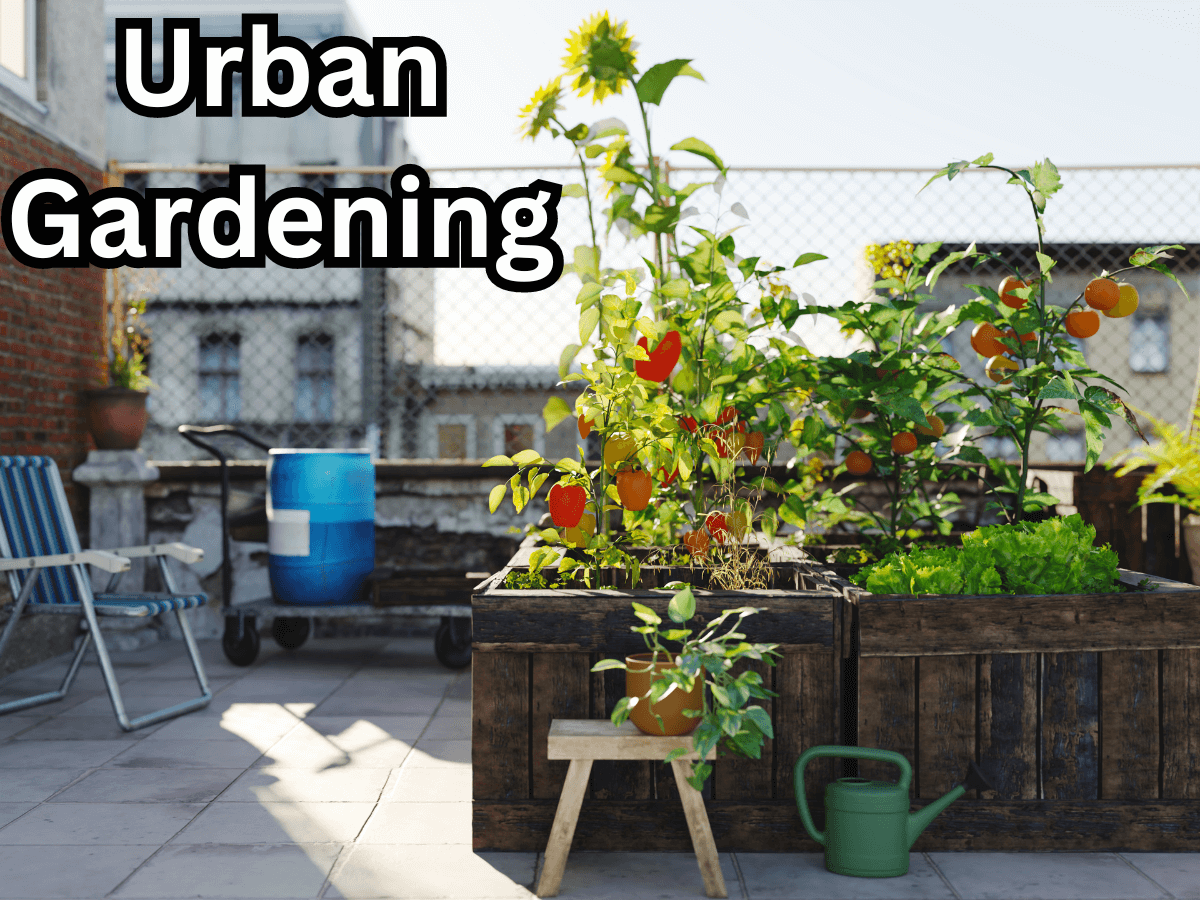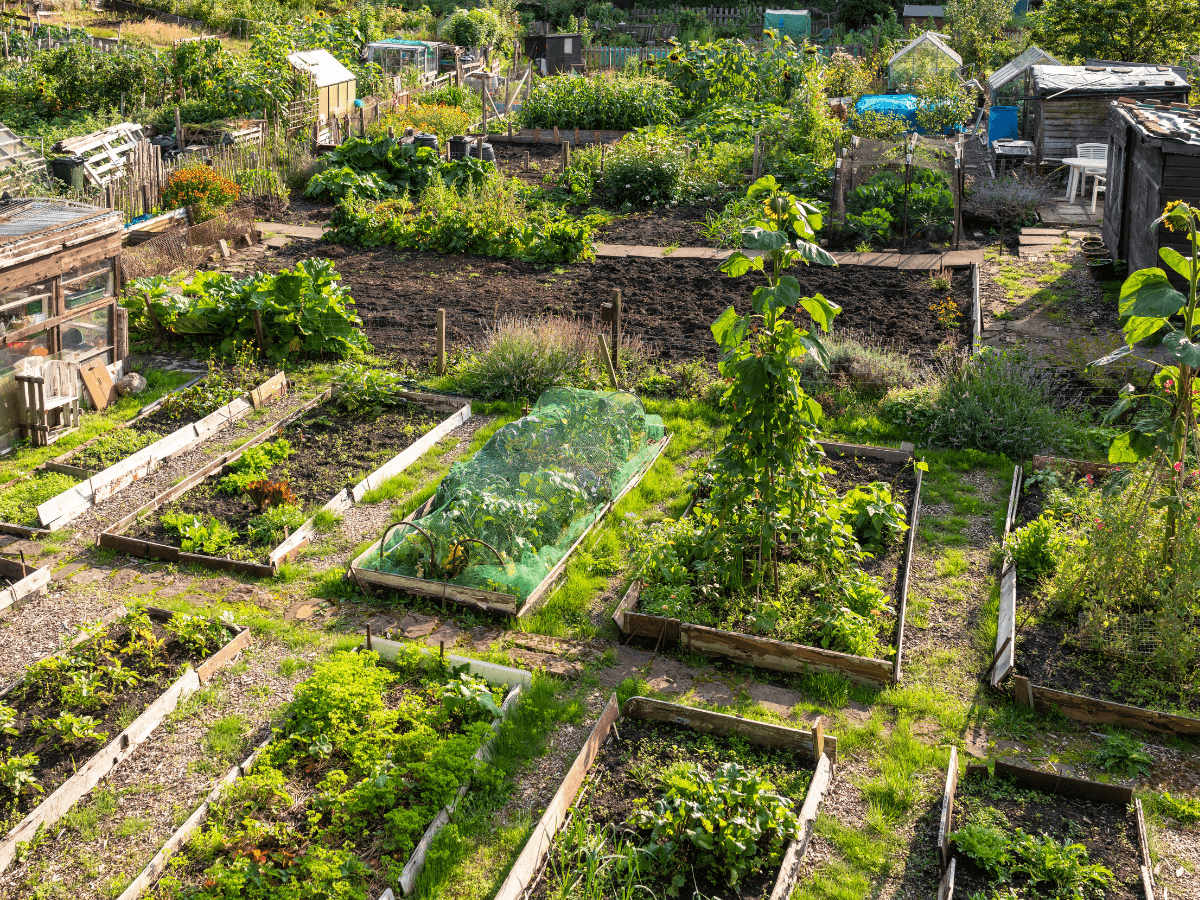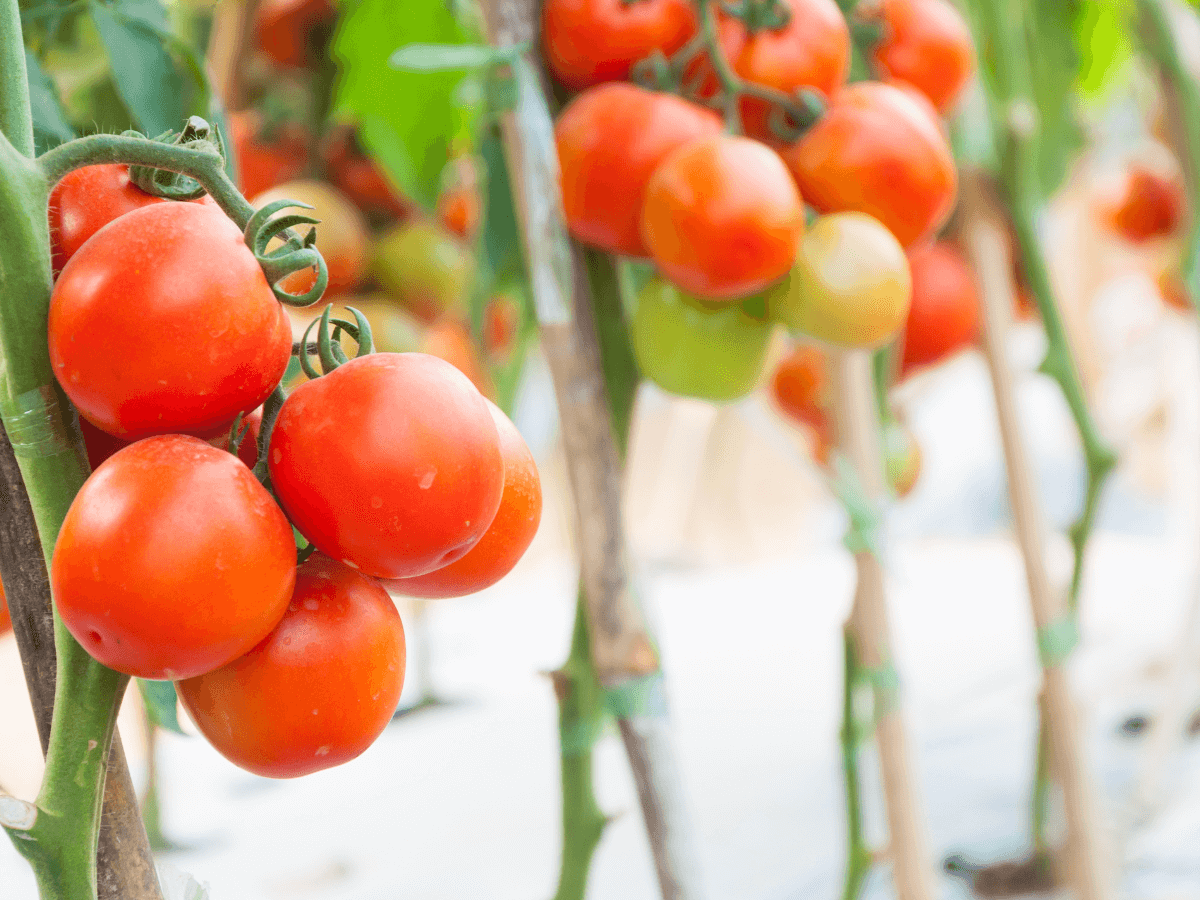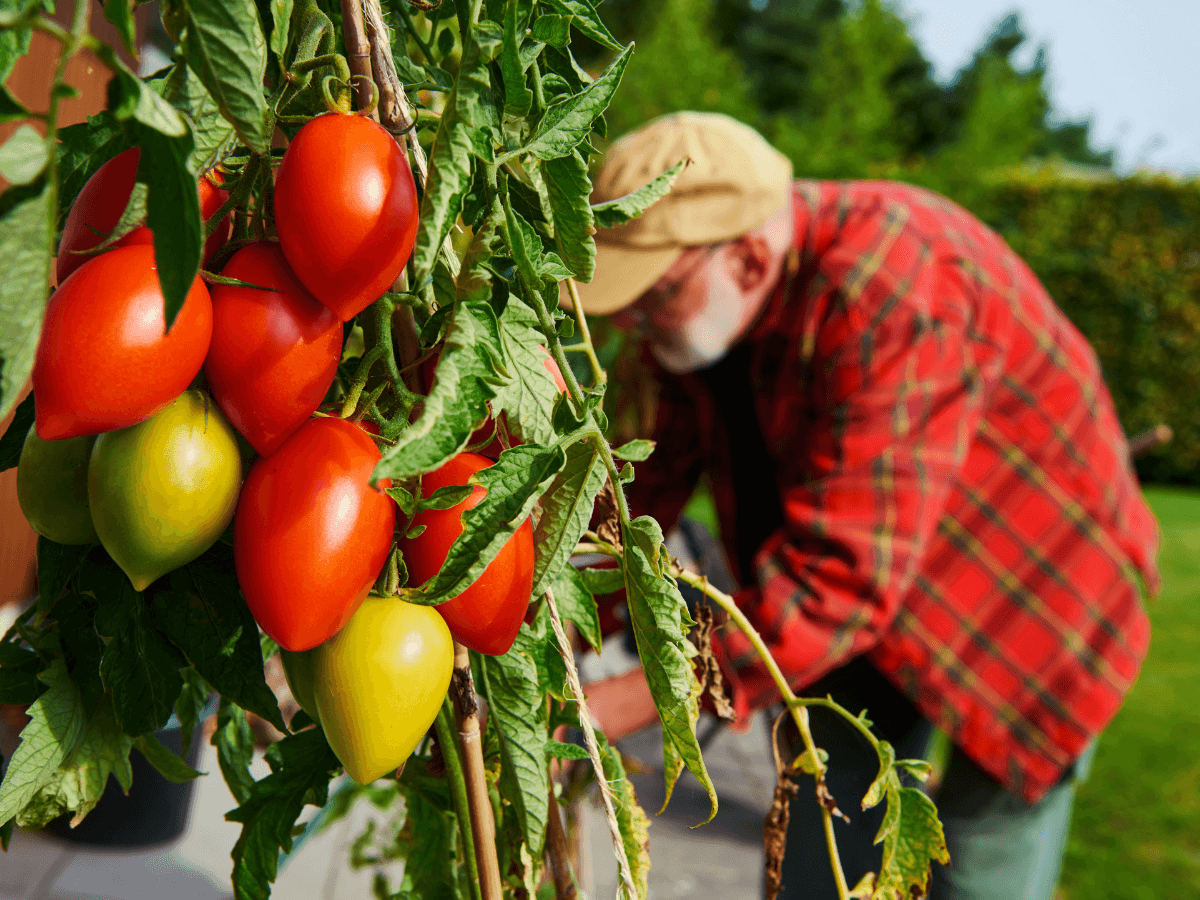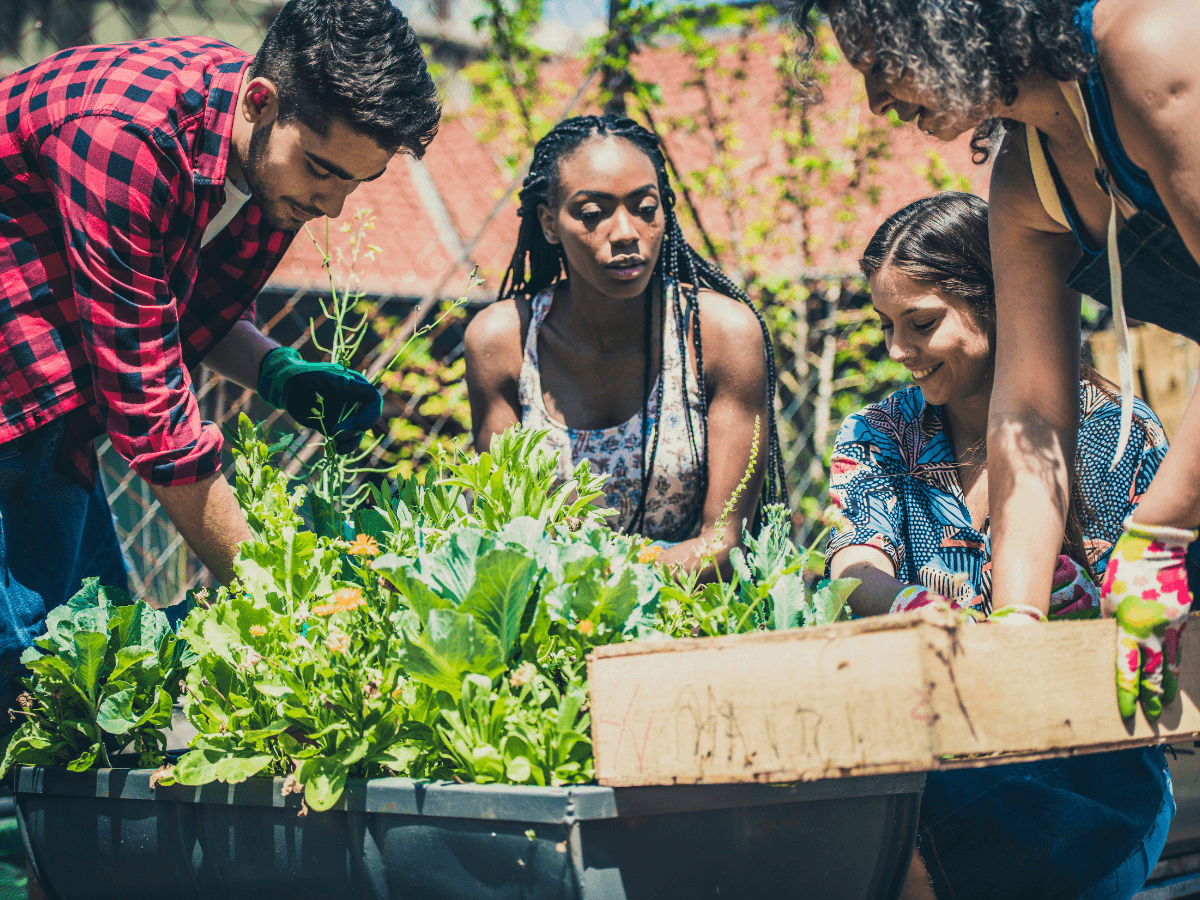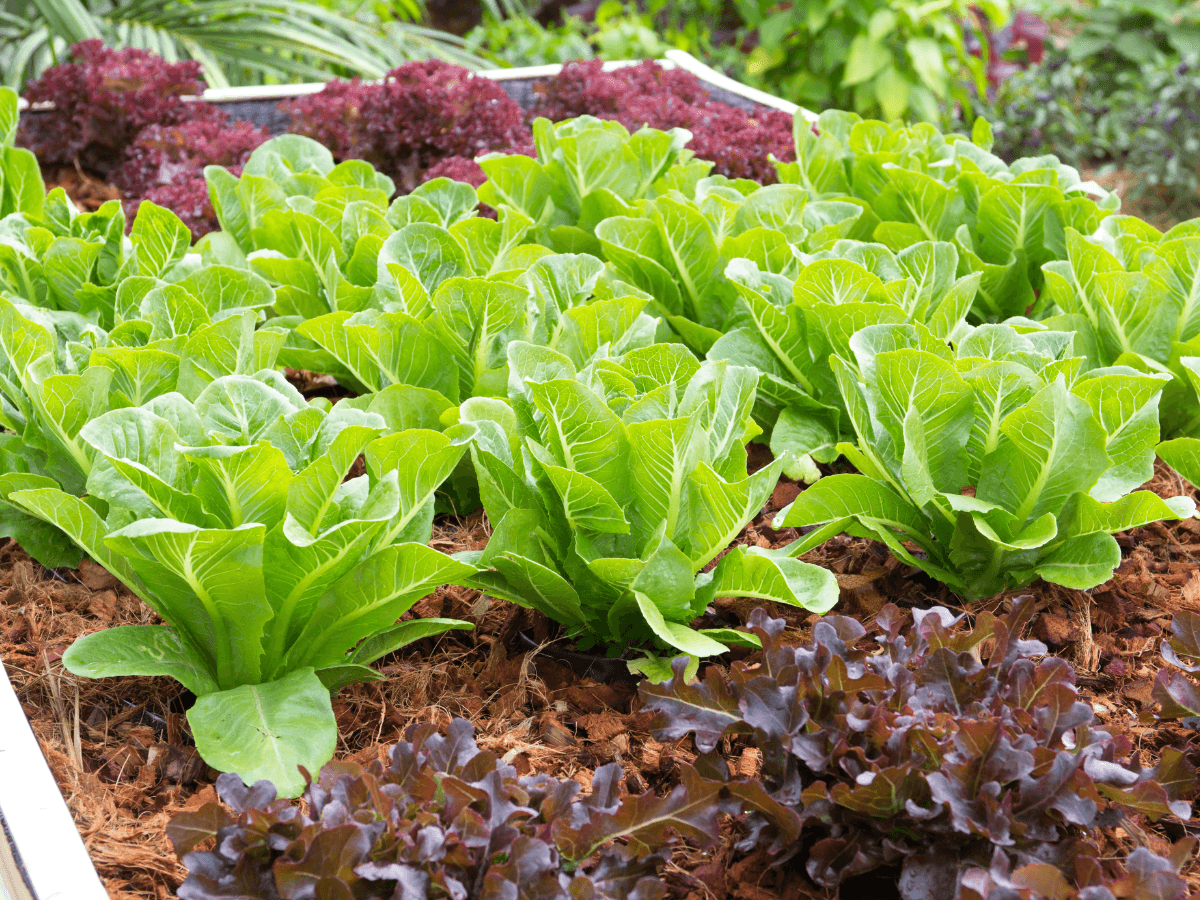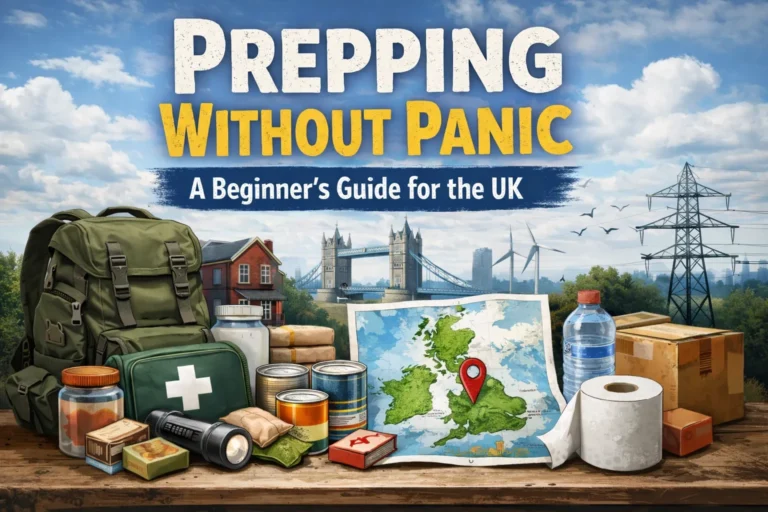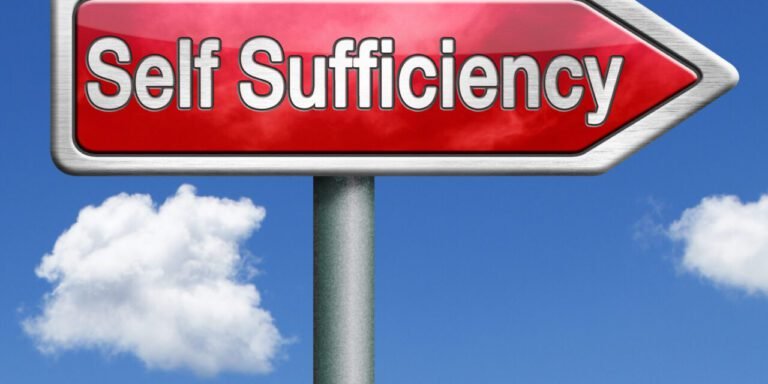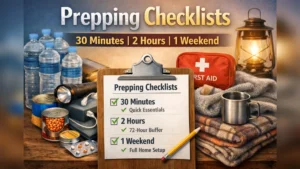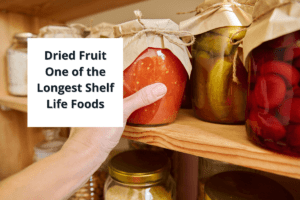Ever thought you could transform your balcony, rooftop, or backyard into a lush, green oasis? Urban Survival Gardening isn’t just a myth—it’s an achievable reality. Imagine stepping outside your door in the heart of the city and picking fresh herbs, vegetables, and fruits grown by your hands. The idea of urban survival skills might sound daunting, but with the right guidance, you can master the art of gardening even in a concrete jungle. In this post, we’ll explore practical tips and strategies to help you cultivate a thriving garden, ensuring you have fresh, organic produce at your fingertips anytime. Ready to embark on this green adventure? Let’s dive in and bring nature back to your urban life.
Post Contents
ToggleBenefits of Urban Survival Gardening
In today’s bustling urban landscapes, embracing urban survival gardening can bring a myriad of benefits that go beyond just growing plants; it’s a lifestyle that nourishes both body and mind.
Access to Fresh and Organic Produce
One significant advantage of urban survival gardening is the ability to access fresh, organic produce right from your own home. When you grow your fruits and vegetables, you have full control over what goes into your food. You can say goodbye to pesticides and harmful chemicals, ensuring that you and your family consume only the healthiest options. Additionally, cultivating your garden can be a cost-effective way to maintain a sustainable source of nourishment. By eliminating the need to purchase expensive organic produce from grocery stores, you not only save money but also reduce your carbon footprint by decreasing the transportation of goods.
Self-Sufficiency and Food Security
In times of need or uncertainty, the self-sufficiency provided by urban survival gardening becomes invaluable. By creating your mini eco-system of plants, you are taking a step towards food security. Relying on your garden for fresh produce ensures that you can weather any disruptions in the food supply chain confidently. Whether faced with unexpected circumstances or simply aiming to reduce dependence on external sources, having a flourishing urban garden empowers you to sustain yourself with the fruits of your labor.
Urban survival gardening offers a holistic approach to living that not only supports physical health but also strengthens mental well-being. By cultivating your oasis in the heart of the concrete jungle, you not only contribute to a greener environment but also enrich your life with the bounties of nature. Start your urban gardening journey today and experience the transformative benefits firsthand.
For more detailed insights into the benefits of urban gardening, you can explore resources like Urban Survival Gardening: A Guide for Beginners and The Importance of Urban Gardening.
Getting Started with Urban Survival Gardening
Embarking on the journey of urban survival gardening is an exciting and rewarding endeavor. When starting, the first crucial steps involve choosing the right location and gathering the essential tools and supplies. Let’s dive into these aspects to kickstart your urban gardening oasis!
Choosing the Right Location
In urban settings, spaces like balconies, rooftops, and backyards can be transformed into lush green havens teeming with fresh produce and herbs. Factors like sunlight exposure, wind conditions, and available space play vital roles in determining the suitability of a location for your urban garden.
The limited space in urban environments necessitates creative solutions to optimize every inch for planting. Balconies offer vertical gardening opportunities, while rooftops can benefit from container gardening techniques. Backyards, though small, can be utilized efficiently with raised beds or garden plots.
Exploring innovative approaches to maximize the potential of your chosen location will enhance your urban survival gardening experience. Consider the unique characteristics of each space to tailor your gardening practices for optimal growth and productivity.
For more insights on choosing the right location for your urban garden, check out resources like Urban Gardening Considerations and Urban Gardening Tips: No Space? No Problem!.
Essential Tools and Supplies
Equipping yourself with the necessary tools and supplies is fundamental to successfully cultivate your urban garden. Basic gardening tools such as trowels, pruners, watering cans, and gloves are essential for tending to your plants and maintaining a thriving garden.
In addition to tools, investing in quality soil, seeds, fertilizer, and pest control solutions is crucial for the overall health of your urban garden. Consider the specific needs of the plants you intend to grow and acquire supplies that cater to their requirements.
To explore a comprehensive list of essential gardening tools and supplies, refer to resources like 10 Essential Gardening Tools Every Gardener Needs and Gardening Equipment.
By selecting the proper tools and supplies, you set the foundation for a successful urban survival gardening journey filled with bountiful harvests and flourishing greenery.
Selecting Plants for Urban Environments
When it comes to urban survival gardening, choosing the right plants is key to ensuring a successful and bountiful harvest. In an urban setting where space is limited, selecting plants that thrive in such environments is crucial. Let’s explore the best crops for urban survival gardens and delve into the concept of vertical gardening techniques to maximize your green space.
Best Crops for Urban Survival Gardens
Urban environments present unique challenges for gardening, but with the right selection of crops, you can yield a fruitful harvest even in limited spaces. Here are some plant options that are well-suited for urban survival gardens:
- Tomatoes: Ideal for containers and grow well with adequate sunlight.
- Herbs (Basil, Mint, Parsley): Compact and versatile herbs that can thrive on windowsills or small balconies.
- Lettuce and Leafy Greens: Quick-growing and perfect for small spaces, they can be continuously harvested.
- Beans and Peas: Vertical climbers that make efficient use of space while providing a good yield.
- Radishes and Carrots: Fast-growing root vegetables that are well-suited for urban gardens.
By focusing on these crops, you can create a diverse and productive urban garden that caters to your fresh produce needs.
Vertical Gardening Techniques
In urban settings where horizontal space is limited, vertical gardening offers a creative solution to maximize growing areas. Vertical gardening involves growing plants on a vertically inclined surface, using techniques such as trellises, stakes, and cages to support plant growth.
- Trellising: This method involves guiding plants to grow upward along a supporting structure, maximizing space efficiency and providing support for climbing plants like cucumbers and tomatoes.
- Staking: By securing plants to upright stakes, you can prevent them from sprawling and ensure proper growth, making staking ideal for tall plants like peppers and eggplants.
- Caging: Using wire or wooden cages around plants provides support and structure, particularly beneficial for sprawling plants like squash and melons.
Vertical gardening not only saves space but also improves air circulation around plants, reduces the risk of pests, and makes harvesting more accessible. By incorporating vertical gardening techniques into your urban garden, you can enhance productivity and create a lush oasis even in the midst of a concrete jungle.
Incorporating these plant selections and vertical gardening techniques into your urban survival garden can transform any small space into a thriving green haven, teeming with fresh produce and herbs right at your fingertips. Embrace the possibilities of urban gardening and revel in the abundance of nature within your city confines.
Caring for Your Urban Garden
Maintaining an urban garden is a rewarding experience that requires attention to detail and care. Here are some essential tips to ensure your urban oasis thrives amidst the concrete jungle.
Watering and Maintenance Tips
Proper watering and general maintenance are crucial for the health of your urban garden. Here are some tips to keep your plants happy and thriving:
- Timing is Key: Water your plants early in the morning or in the evening to maximize absorption and reduce evaporation.
- Even Water Distribution: Ensure you water evenly around the plants to reach their roots effectively.
- Avoid Waterlogged Soil: Be mindful not to overwater your plants as this can lead to root rot. Check the soil moisture level before watering.
- Container Choice: Select the right containers for your plants, ensuring proper drainage to prevent waterlogging.
- Harvest Rainwater: Consider harvesting rainwater to use for watering your garden, promoting sustainability.
For more detailed watering and maintenance tips, you can explore resources like Urban Leaf’s guide on watering your garden and GrowMax Water’s tips for urban garden watering.
Dealing with Pests and Challenges
Urban gardens can face their fair share of pests and challenges. Here are some organic pest control methods and ways to tackle common gardening obstacles:
- Integrated Pest Management: Implement an integrated approach to pest control, focusing on prevention, monitoring, and control strategies.
- Natural Predators: Encourage the presence of beneficial insects like ladybugs and lacewings to combat pest populations organically.
- Companion Planting: Utilize companion planting techniques to repel pests and attract beneficial insects to your garden.
- DIY Pest Sprays: Create homemade pest sprays using ingredients like garlic, chili, and soap to deter pests effectively.
- Regular Monitoring: Keep a close eye on your plants for any signs of pests or diseases, intervening promptly to prevent widespread damage.
For more information on organic pest control methods and dealing with garden challenges, you can refer to resources like Roots and Refuge’s guide on organic pest control and SDSU Extension’s insights on organic pest control methods.
By following these watering and maintenance tips and implementing effective pest control strategies, you can nurture a flourishing urban garden oasis right in the heart of the city.
Harvesting and Enjoying Your Urban Bounty
Once your urban garden starts producing fresh goodies, it’s time to enjoy the fruits of your labor. Harvesting your crops at the right time and using them creatively can elevate your urban survival gardening experience. Here are some tips and ideas to make the most of your urban bounty.
Tips for Harvesting Fresh Produce
- Timing is Key: Different crops have optimal harvesting times. For example, leafy greens like lettuce should be harvested when young for tenderness, while root vegetables like carrots are best harvested once they reach full size but before they become woody.
- Harvesting Techniques: For herbs, it’s often recommended to snip stems rather than pulling the leaves off, as this promotes continued growth. When harvesting fruits like tomatoes, gentle twisting to detach them from the vine helps prevent damage.
- Optimal Flavor: Harvest leafy vegetables in the morning for the best flavor and nutritional content. Root vegetables are best harvested in the late afternoon when sugar content is at its peak.
Creative Ways to Use Homegrown Herbs and Veggies
- Herb-infused Oils: Create flavorful herb-infused oils by steeping fresh herbs like basil, rosemary, or thyme in olive oil. Use these oils for salad dressings, marinades, or drizzling over roasted vegetables.
- Fresh Herb Pesto: Whip up a vibrant pesto using fresh basil, garlic, pine nuts, and Parmesan cheese. This versatile sauce can be used on pasta, sandwiches, or as a dip for vegetables.
- Roasted Vegetable Medley: Toss a mix of homegrown root vegetables like carrots, potatoes, and beets with olive oil, garlic, and herbs. Roast them in the oven for a delicious and nutritious side dish.
- Herb-Infused Hummus: Elevate store-bought hummus by blending in fresh herbs like parsley, cilantro, or dill. Serve with vegetable sticks for a healthy snack bursting with flavor.
- Herbal Tea Blends: Dried herbs from your garden can be used to create soothing herbal tea blends. Mix mint, chamomile, and lemon balm for a calming and refreshing beverage.
By harvesting your urban garden produce at the right time and getting creative with how you use them, you can turn your concrete jungle into a culinary paradise. Experiment with different flavours and recipes to make the most of your homegrown bounty.
Conclusion
Embracing urban survival gardening is a transformative journey that empowers me with practical urban survival skills. By cultivating fresh produce and herbs on my balcony, rooftop, or backyard, I create a personal oasis amidst the concrete jungle.
I not only enjoy fresh, home-grown food, but also gain a deeper connection to nature, even in an urban environment. This endeavor is more than just gardening; it’s a sustainable lifestyle choice that enhances my self-sufficiency and resilience.
Incorporating urban survival skills into my daily life ensures that I am prepared for any situation, while enjoying the satisfaction of nurturing my own thriving garden.

